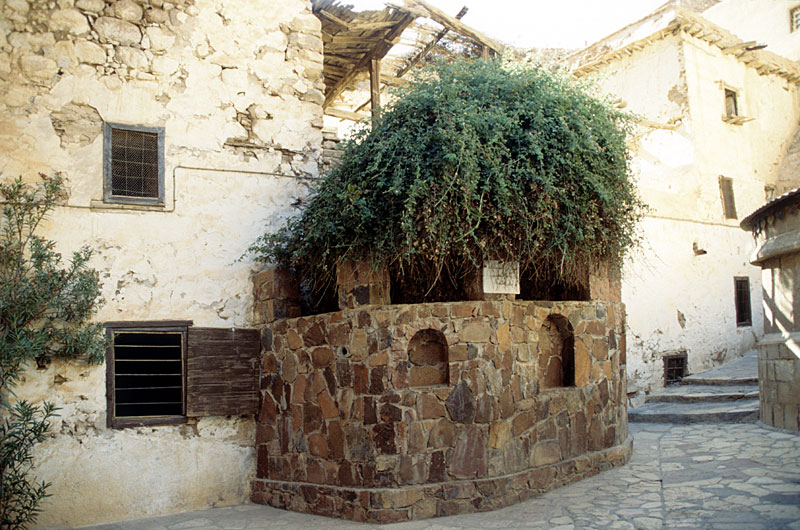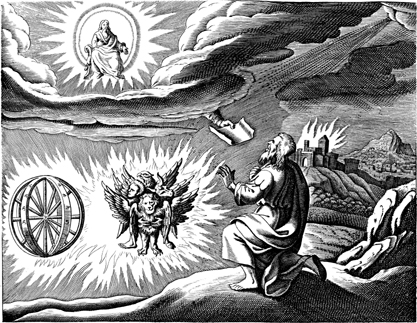We just learned about the Church of the Pater Noster where Jesus taught the Lord's Prayer to his apostles.
Another famous church that Saint Helen helped to set up is Saint Catherine's Monastery.
This is on Mount Sinai, and is believed to be the place where Moses saw the burning bush that was God speaking to him.
There is even an actual live bush growing there, that people say is still the same bush that was on fire when God spoke to Moses.
This church is also a monastery where monks live and study the Bible.
It has a library in it that has been around longer than any other library in the world, going all the way back to around the year 550 AD.


(from: wikipedia - saint catherine's monastery)
Kid Facts - Blast from the past:Silas - Bishop of Corinth























